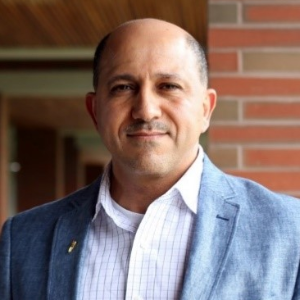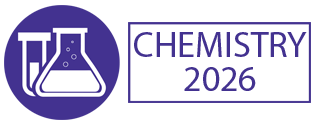Genotoxicity
Genotoxicity is a fundamental concept in the realm of toxicology, representing the potential of a substance to damage genetic material within living organisms. It encompasses a broad spectrum of molecular interactions, ranging from direct DNA damage to complex cellular responses, ultimately influencing genetic stability and potentially leading to adverse health effects. At its core, genotoxicity assessment serves as a crucial component in evaluating the safety of various chemicals, pharmaceuticals, environmental pollutants, and consumer products.
Understanding genotoxicity requires delving into the mechanisms by which substances interact with genetic material. Certain compounds possess intrinsic chemical properties that enable them to directly interact with DNA, inducing structural alterations such as strand breaks, base modifications, or cross-linking. These genotoxic agents can be further categorized into different classes based on their mode of action, including alkylating agents, intercalating agents, and reactive oxygen species.
Moreover, genotoxicity extends beyond direct DNA damage to encompass indirect mechanisms that interfere with cellular processes essential for maintaining genomic integrity. For instance, some substances may disrupt DNA replication or repair mechanisms, leading to the accumulation of mutations and chromosomal aberrations. Others may interfere with mitotic spindle formation or chromosome segregation during cell division, resulting in aneuploidy or polyploidy.

Hossam A Gabbar
Ontario Tech University, Canada
Victor John Law
University College Dublin, Ireland
Alexander Bagaturyants
National Research Nuclear University MEPhI, Russian Federation
Sergey Suchkov
N.D. Zelinskii Institute for Organic Chemistry of the Russian Academy of Sciences, Russian Federation
Shree Niwas Chaturvedi
Centre for Aptitude Analysis and Talent Search, India
Pieter Samyn
SIRRIS, Belgium




Title : Advances in plasma-based radioactive waste treatment
Hossam A Gabbar, Ontario Tech University, Canada
Title : Unraveling the ultrastructure and functions of the neuronal membrane skeleton using super-resolution fluorescence microscopy
Zhou Ruobo, Djillali Liabes University of Sidi Bel Abbes, Algeria
Title : Solar box cooker dehydration, and relative humidity endpoint detection, of lamiaceae culinary leaves on the island of Crete
Victor John Law, University College Dublin, Ireland
Title : Nutrient and heavy metal loads from the Ribeiras to Coastal zones: A land-ocean continuum perspective in Madeira Island
Aracelis Del Carmen Narayan Rajnauth, University of Porto, Portugal
Title : Prospective polyoxometalate-based covalent organic framework heterogeneous catalysts
Arash Ebrahimi, Comenius University Bratislava, Slovenia
Title : Eliminating implant failure in humans with nano chemistry: 30,000 cases and counting
Thomas J Webster, Brown University, United States